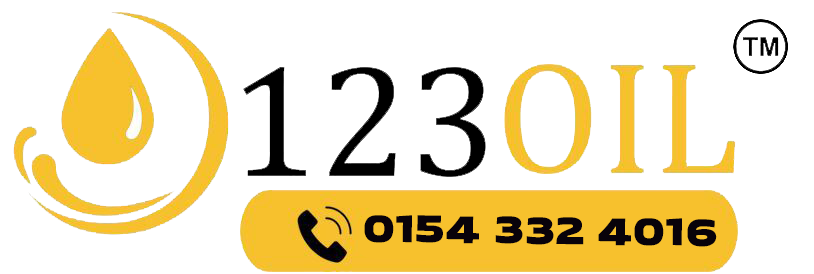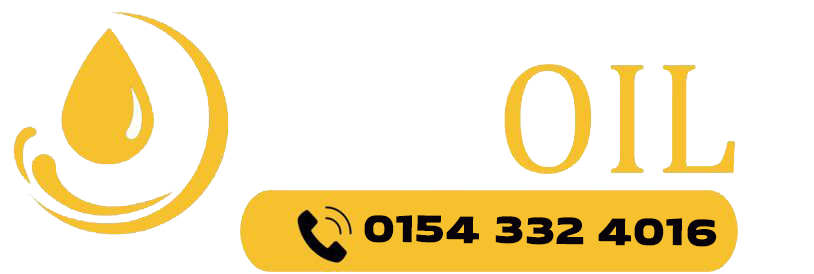Kerosene is combustible, not highly flammable. It has a flash point between 37°C and 65°C, meaning it needs higher temperatures to ignite compared to petrol. While kerosene can burn when exposed to an open flame or heat source, it’s generally safer to handle and store due to its lower volatility.
Kerosene has been used for over a century as a reliable and versatile fuel, with applications in heating, lighting, and even aviation. Despite its everyday use, one question often arises: Is kerosene flammable? Understanding kerosene’s properties and safe handling practices is crucial, especially if you store or use it in domestic or industrial settings. This in-depth guide explores kerosene flammability, its flash point, and safety measures to ensure responsible usage.
What Is Kerosene?
Kerosene, also known as paraffin oil in the UK, is a hydrocarbon liquid derived from crude oil through fractional distillation. It’s positioned between petrol (gasoline) and diesel on the hydrocarbon spectrum, meaning it’s heavier than petrol but lighter than diesel.
It has long been used as a fuel for heating, lamps, jet engines, and stoves, as well as in industrial and agricultural applications. Because of its stability compared to other fuels, kerosene remains one of the most widely used heating fuels in rural homes and off-grid locations.
Is Kerosene Flammable or Combustible?
To answer the core question, is kerosene flammable or combustible? It’s important to understand the difference between these two terms.
- Flammable liquids ignite easily at normal room temperatures (below 37.8°C).
- Combustible liquids require higher temperatures to ignite (above 37.8°C).
Kerosene falls into the combustible category rather than the highly flammable category. While it can burn, it does not ignite as readily as petrol. This makes kerosene a safer fuel for storage and transport when handled correctly.
In technical terms, kerosene is combustible but not extremely flammable, which explains its popularity for domestic heating and jet fuel applications where safety is paramount.
The Flash Point of Kerosene
The flash point of kerosene is the temperature at which it produces enough vapour to ignite when exposed to an open flame or spark. Typically, the flash point ranges from 37°C to 65°C, depending on the specific grade and purity.
This means kerosene won’t catch fire easily at room temperature, unlike petrol, which has a much lower flash point of around -43°C. Consequently, kerosene is less volatile and safer to handle, but it still poses a fire risk if stored improperly or exposed to high heat.
Understanding the flash point helps users safely store and use kerosene in both domestic and commercial environments.
Why Kerosene Burns Differently Than Petrol
Kerosene’s chemical structure contains longer hydrocarbon chains, meaning it evaporates more slowly than petrol. Because of this, kerosene produces fewer vapours and requires more heat to ignite.
When it burns, kerosene produces a steady, slow flame, making it ideal for controlled-heat sources such as space heaters and lamps. Petrol, on the other hand, produces instantaneous ignition with explosive potential due to its high volatility.
This controlled burn is one of the main reasons kerosene is often considered a safe fuel for heating and aviation.
Common Uses of Kerosene
Although many modern homes have switched to electricity or gas, kerosene remains an essential fuel in various industries and domestic settings. Some of the most common uses include:
- Home Heating: Many rural homes still rely on kerosene-based heating systems, especially where gas lines aren’t available.
- Jet Engines: Aviation fuel (Jet A and Jet A-1) is a refined form of kerosene used for aircraft propulsion.
- Lighting: Kerosene lamps are common in areas with limited access to electricity.
- Cooking and Camping: Portable stoves often use kerosene as a steady heat source.
- Industrial Cleaning: Certain forms of kerosene serve as solvents or degreasers in mechanical industries.
These widespread uses underline why understanding kerosene flammability is so important for safety.

Safe Handling and Storage of Kerosene
Despite its relatively high flash point, kerosene can still pose a danger if mishandled. Here are essential safety tips for using and storing kerosene safely:
- Store in Approved Containers: Always use metal or plastic containers specifically designed for kerosene storage. Avoid repurposing petrol or chemical containers.
- Keep Away from Heat Sources: Store kerosene away from open flames, electrical outlets, or heaters.
- Maintain Good Ventilation: If used indoors (e.g., heaters or lamps), ensure proper ventilation to prevent carbon monoxide build-up.
- Label clearly: Containers should be labelled “Kerosene” to avoid accidental misuse.
- Avoid Contamination: Never mix kerosene with other fuels, oils, or chemicals, as this may alter its combustion properties and increase the risk of contamination.
- Dispose Properly: Old or contaminated kerosene should be taken to a recycling centre or hazardous waste facility, not poured down drains or on the ground.
Fire Risks and Safety Precautions
While kerosene isn’t easily ignitable, it still burns fiercely once lit. To minimise risks:
- Never smoke or light flames near kerosene storage areas.
- Clean up spills immediately using absorbent materials.
- Keep a Class B fire extinguisher nearby when using kerosene-fuelled equipment.
- Avoid refuelling heaters or lamps while they’re still hot.
Kerosene vapours can still ignite if temperatures exceed their flash point, so treating them with caution remains essential.
Comparing Kerosene Flammability with Other Fuels
When comparing kerosene flammability with petrol, diesel, and other fuels, kerosene falls between diesel and gasoline in volatility. Here’s a quick comparison:
Fuel Type | Flash Point (Approx.) | Flammability Classification |
Petrol | -43°C | Highly Flammable |
Kerosene | 37°C – 65°C | Combustible (Moderately Flammable) |
Diesel | 52°C – 96°C | Combustible |
Ethanol | 13°C | Flammable |
As seen, kerosene is less likely to ignite than petrol but can still sustain combustion under the right conditions. This balance makes it an excellent choice for controlled energy production where safety is key.
What Happens If Kerosene Catches Fire?
If kerosene catches fire, it produces a steady, blue or yellow flame and emits carbon dioxide, carbon monoxide, and water vapour. Unlike petrol, it doesn’t explode under normal atmospheric pressure but can still cause significant fires if large quantities are involved.
In industrial settings, fire suppression systems and ventilation are crucial for safely managing kerosene fires.
Environmental Impact of Kerosene
Kerosene combustion produces carbon dioxide and small amounts of sulphur and nitrogen oxides, which contribute to pollution. Prolonged indoor use without proper ventilation can lead to poor air quality and health issues such as headaches or dizziness.
To reduce environmental impact, ensure kerosene appliances are regularly serviced and burn efficiently. Modern burners and heaters are designed to minimise emissions, making kerosene use cleaner and more efficient.
Handling Kerosene Spills
Spills should be cleaned immediately. Absorb the liquid with sand or cat litter and dispose of the waste according to local environmental regulations. Never wash spills into drains, as kerosene can contaminate water systems and harm aquatic life.
How to Tell If Kerosene Has Gone Bad
Over time, kerosene can degrade, especially if stored in unsealed or contaminated containers. Signs include:
- A sharp, sour smell instead of a mild odour.
- Cloudiness or sediment in the liquid.
- Poor performance in heaters or lamps.
Always replace old kerosene with a fresh supply from a trusted distributor like 123 Oil to ensure efficiency and safety.
Key Takeaways
- Kerosene is combustible, not highly flammable. It needs a higher temperature to ignite than petrol does.
- The flash point of kerosene ranges from 37°C to 65°C, making it relatively safe to store and use.
- Proper storage and ventilation are essential to prevent fire hazards and health risks.
- Always use approved containers and avoid contamination with other fuels.
Understanding these points helps ensure safe and efficient use of kerosene in domestic and industrial environments.
Conclusion
So, is kerosene flammable? Technically, kerosene is combustible but not highly flammable, meaning it won’t ignite as easily as petrol but can still burn vigorously when exposed to high temperatures or open flames. Its relatively high flash point makes it a reliable and safe energy source for heating, lighting, and aviation when used responsibly.
Understanding kerosene’s flammability characteristics helps ensure safe storage and use while maintaining energy efficiency. Whether used domestically or industrially, following safety guidelines and buying from reputable suppliers guarantees both performance and peace of mind.
Frequently Asked Questions
Kerosene is combustible, not highly flammable. It requires a higher ignition temperature than petrol, making it safer to handle.
The flash point of kerosene typically ranges between 37°C and 65°C, depending on the grade.
No, kerosene doesn't ignite easily at room temperature. However, it can burn intensely once lit, so proper safety precautions are essential.
Yes, if stored properly in an approved container, away from heat sources and direct sunlight, kerosene is safe for domestic storage.
Use a Class B fire extinguisher or smother the flames with sand. Never use water, as it can spread the fuel and intensify the fire.










